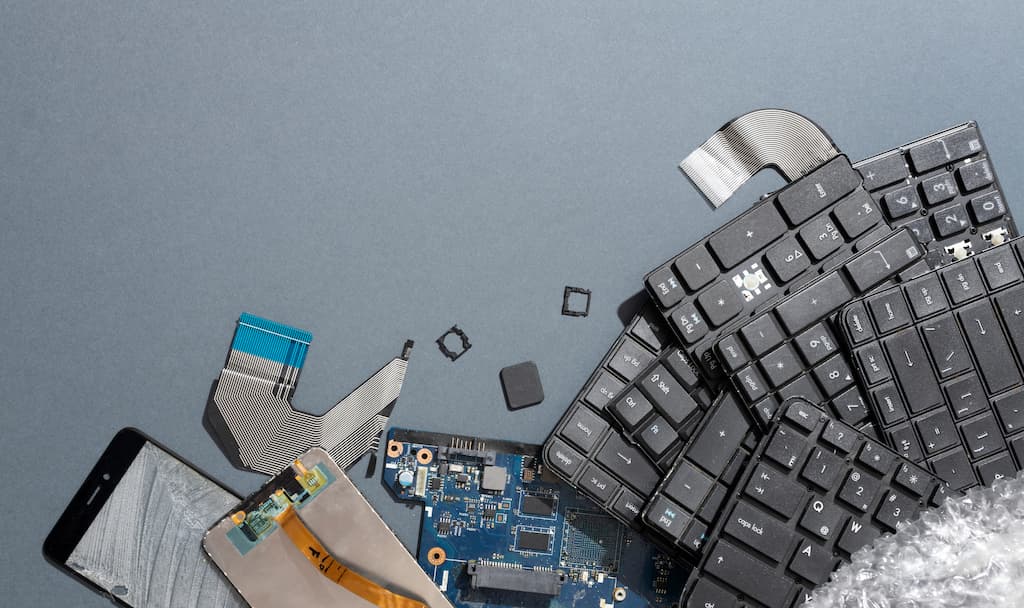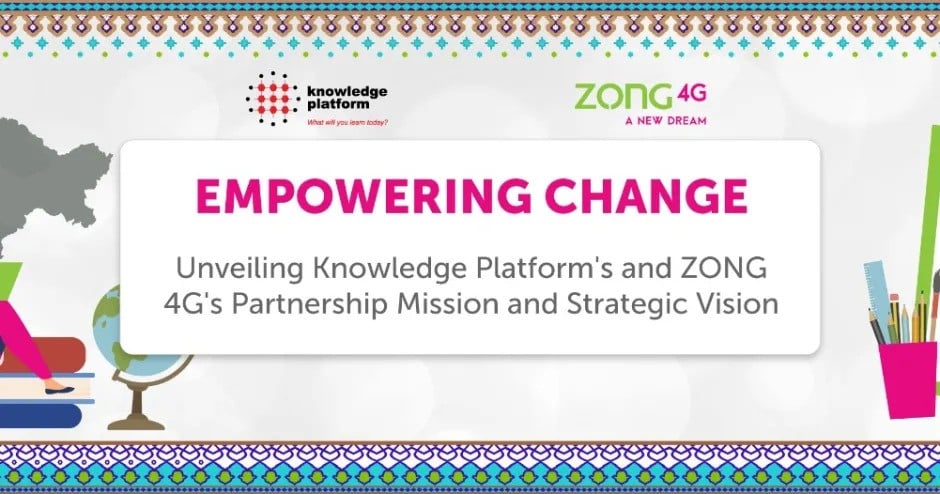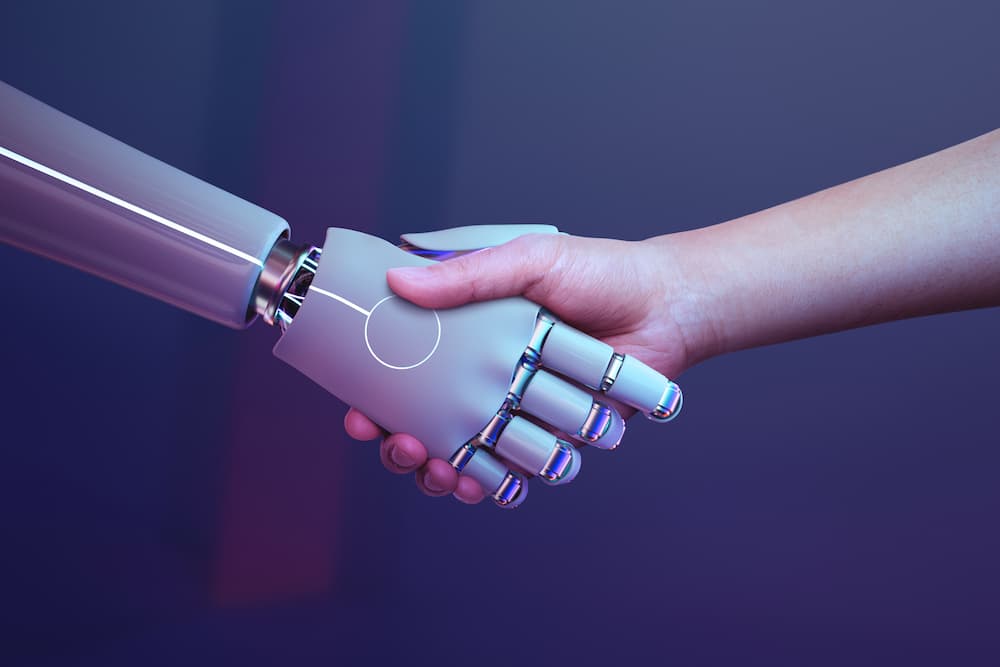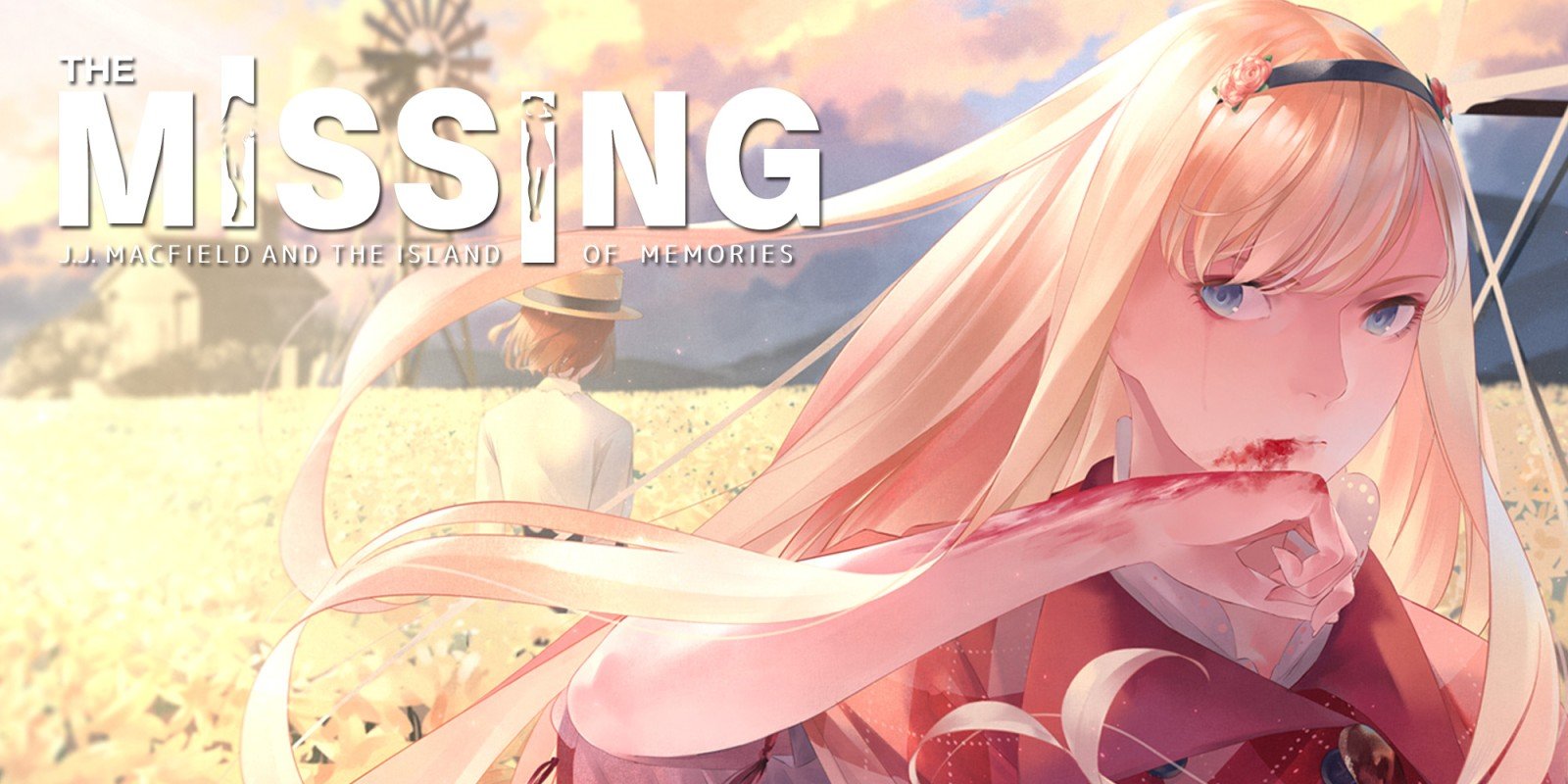Navigating Obsolescence in the Digital Age
4 minutes read
The generation that witnessed the onset of the new millennium in their teens, claims to be the greatest generation alive. While the boomers may disagree, having fought wars and all, the millennials did earn their distinction by experiencing the biggest tech paradigm shift because of an invention so small, it could fit in the watch pocket of your jeans among other things. The Intel 4004 microprocessor chip was first invented to be used in a calculator and later led to personal computer revolution in the 1980s. It is also responsible for metamorphosizing life as we knew it, through this inseperable thing we call the mobile phone. Technology, since then has made strides in every sphere making it challenging to keep up with the demands of innovation and the rapid pace of obsolescence.
This volatility comes at a cost. Businesses that fail to invest in Research & Development (R&D) and adapt at the same rate as technological obsolescence often end up declaring bankruptcy. Those that do adapt must not only update their technology but also reprioritize financial models, rebuild commercial verticals, focus on people development, reengineer business processes, and address many other organizational facets. Eagerness to be an early adopter without implementing comprehensive, company-wide change management measures can also be fatal.
Digital and technological transformation is no longer an option to consider for the future; it is the new normal. If the COVID-19 pandemic taught us anything, it is that change is inevitable and must become a constant. Businesses that fail to embrace this will face the consequence of becoming irrelevant—irrelevance being to businesses what termites are to wood.
While I advocate for transformation, I also believe that for some, the pockets may not always be deep enough to cope up with the impending threats of obsolescence. The small and medium enterprises have short lived product maturity before decline sets in. The large corporations can use this as an opportunity and acquire or enter into partnerships with the smaller fish possessing a unique selling proposition to advance their own portfolio. It’s a win-win, the SME gets the muscle and the investment to keep running and the hyper-scaler gets the revenue and the expertise in turn. But such cases are few and far between. The most noteworthy examples of this are Facebook acquiring Instagram, Google acquiring YouTube, Apple acquiring Beats by Dre, and salesforce acquiring Slack.
The threat of increase or decrease in the velocity of obsolescence is not the only concern. Innovation failures happen. And even the most renowned brands can go through it. Google came up with Google+ a prospective competitor of Facebook, but it failed due to its late entry, lack of user-friendliness and user engagement. After 8 years Google shut it down. Apple Maps faced a lot of criticism due to inaccuracies in data, missing features, and visual glitches. However, Apple didn’t refuse to leave the fight, Tim Cook made a public apology and improved the app. Today Apple Maps is an integral part of the Apple ecosystem.
While the aforementioned examples are from known tech giants, with almost unlimited resources, the crème de la crème of talent, there have been simpler reasons for businesses going out of business. Toys ’R’ Us, which was at one point a household name with a store in nearly all hubs, went bankrupt simply because of not having a convincing online presence. Amazon snatched the market and the brand could not pay off the debt of maintaining the primitive brick and mortar model.
Kodak refused its own employee Steven Sasson, who invented the first digital camera, the resources for putting this in production and lost its footing once Sony commercialized the sale digital cameras to masses.
The pace of Obsolescence may have slowed over the past few years, in comparison to what it was a decade ago, the culprit may have been some of the failures that the world has seen, however, I would still advocate for a mindset of constant improvement and change. This mindset demands developing a culture that celebrates failure, so corporations can innovate faster, fail faster, improve faster and eventually succeed faster. This is the only way to sustain and survive.














































